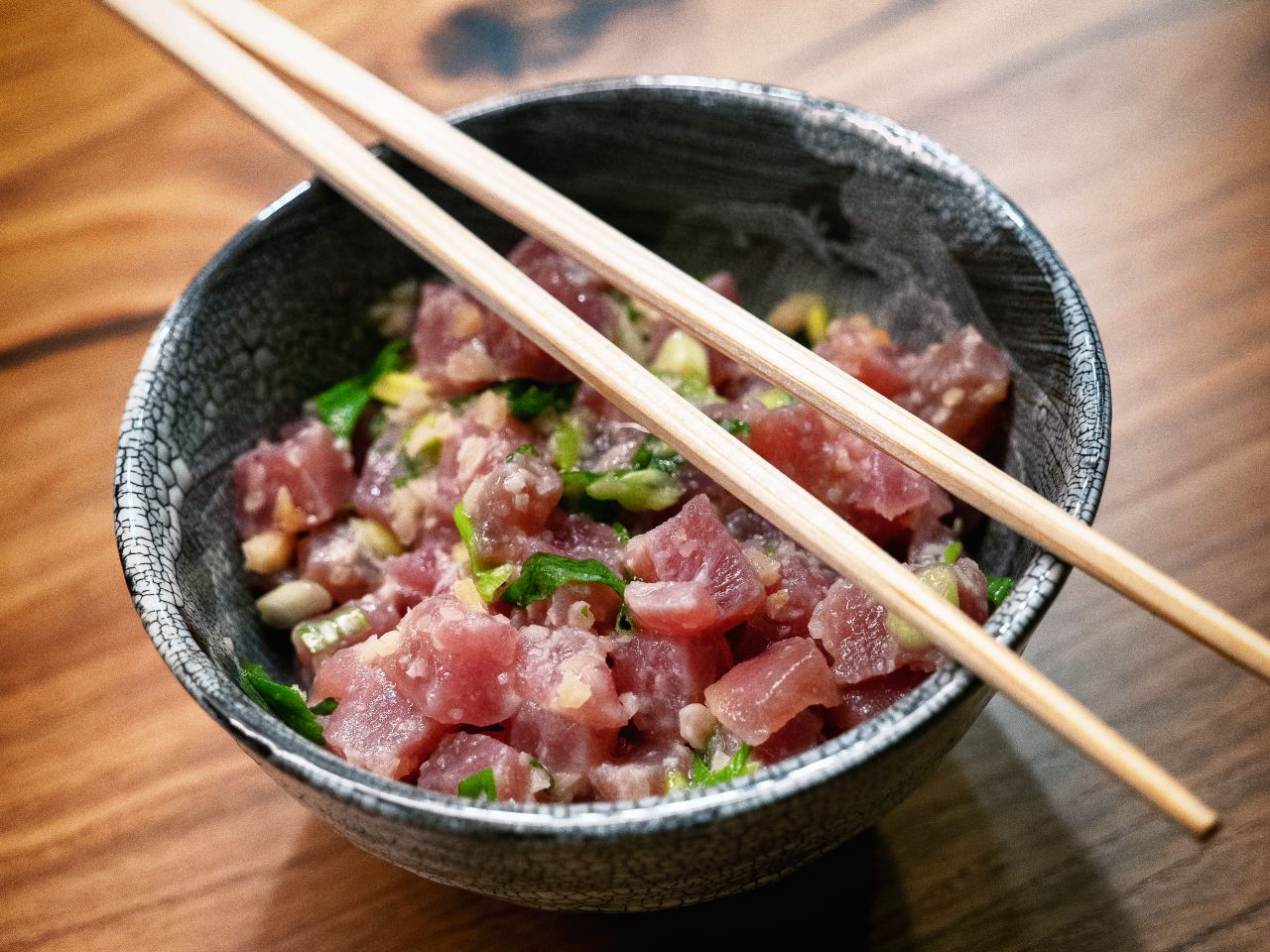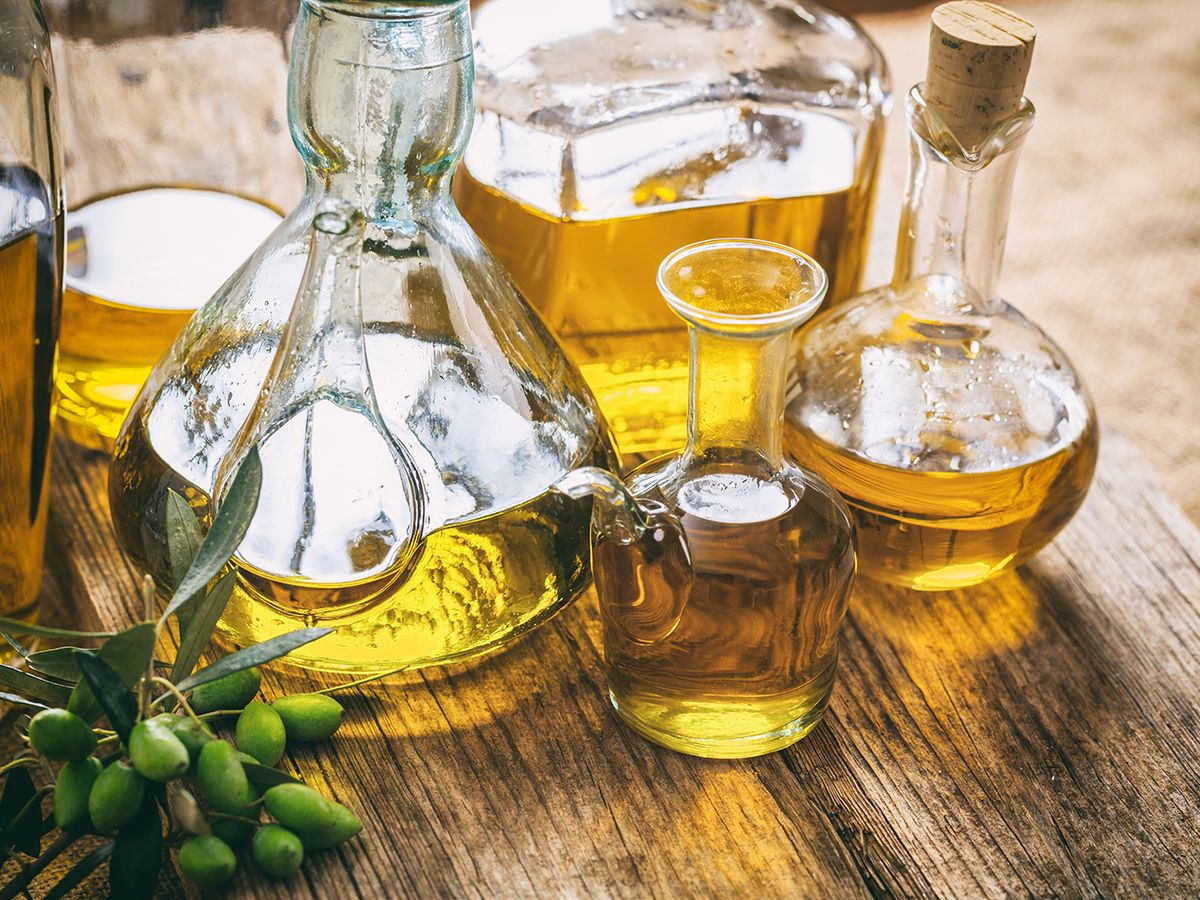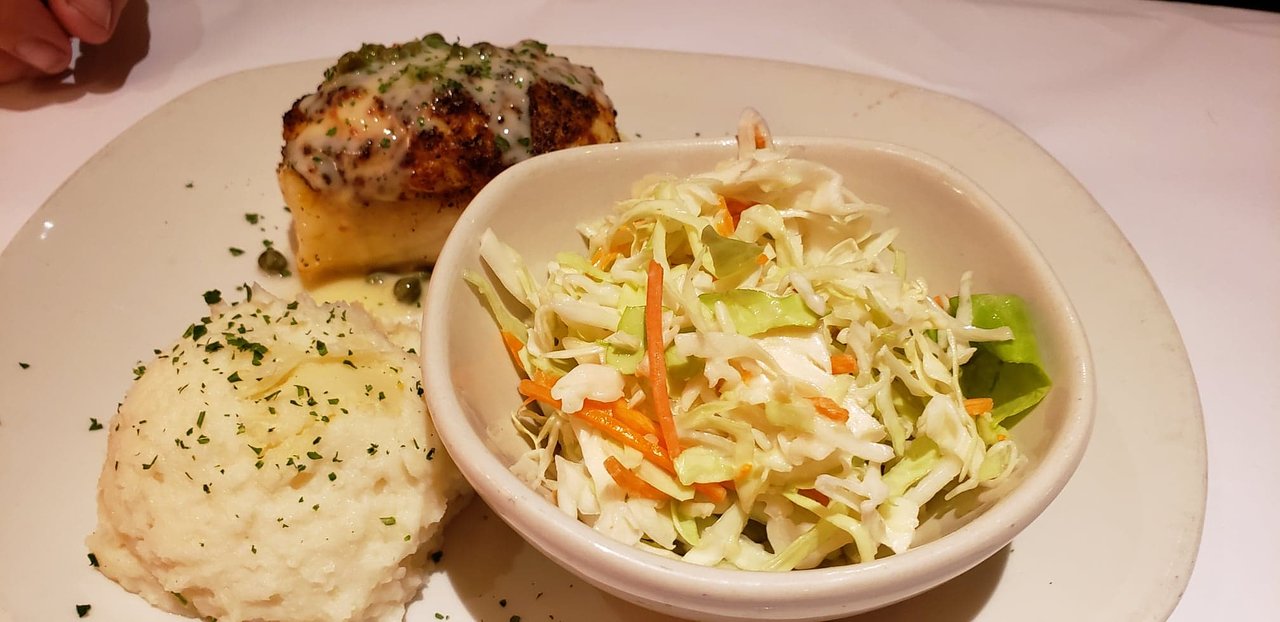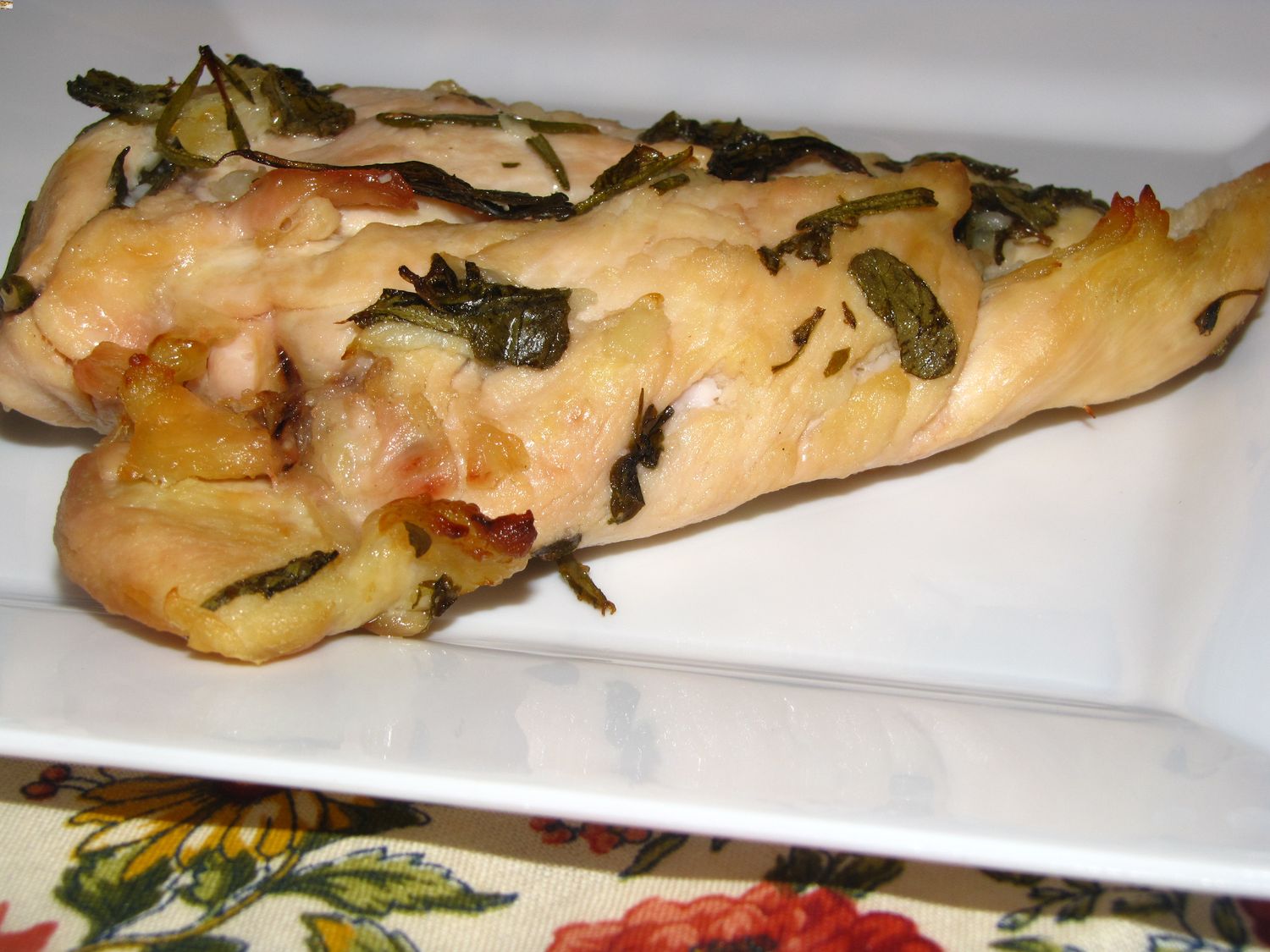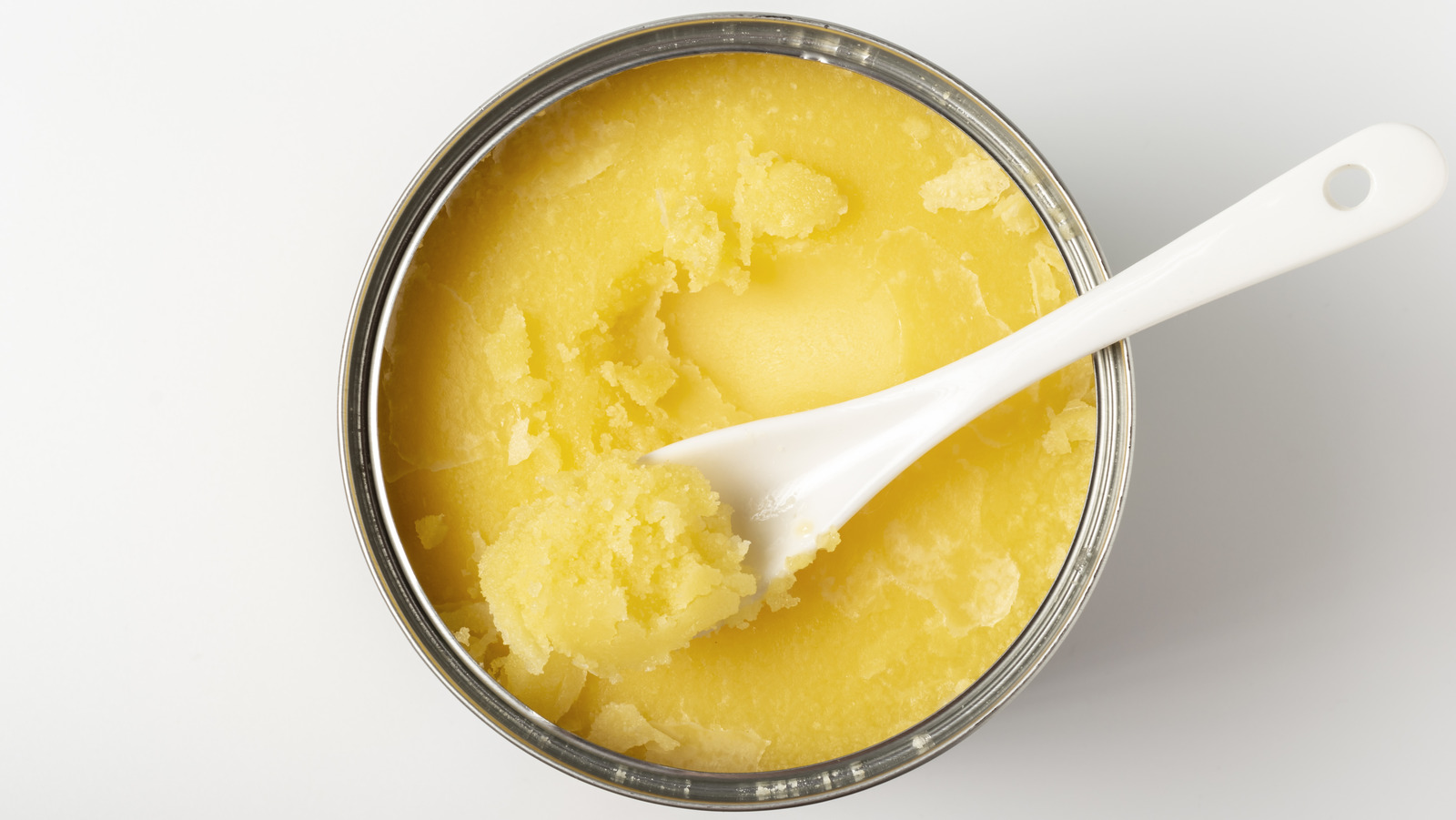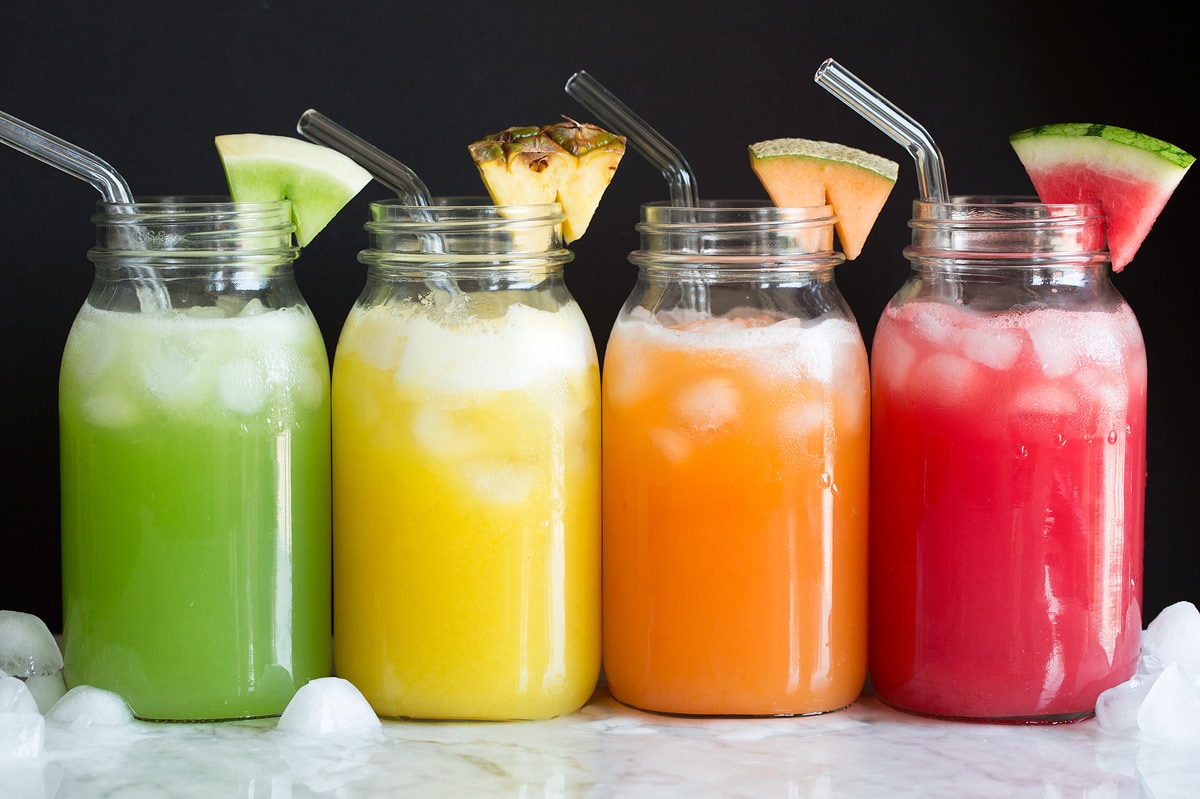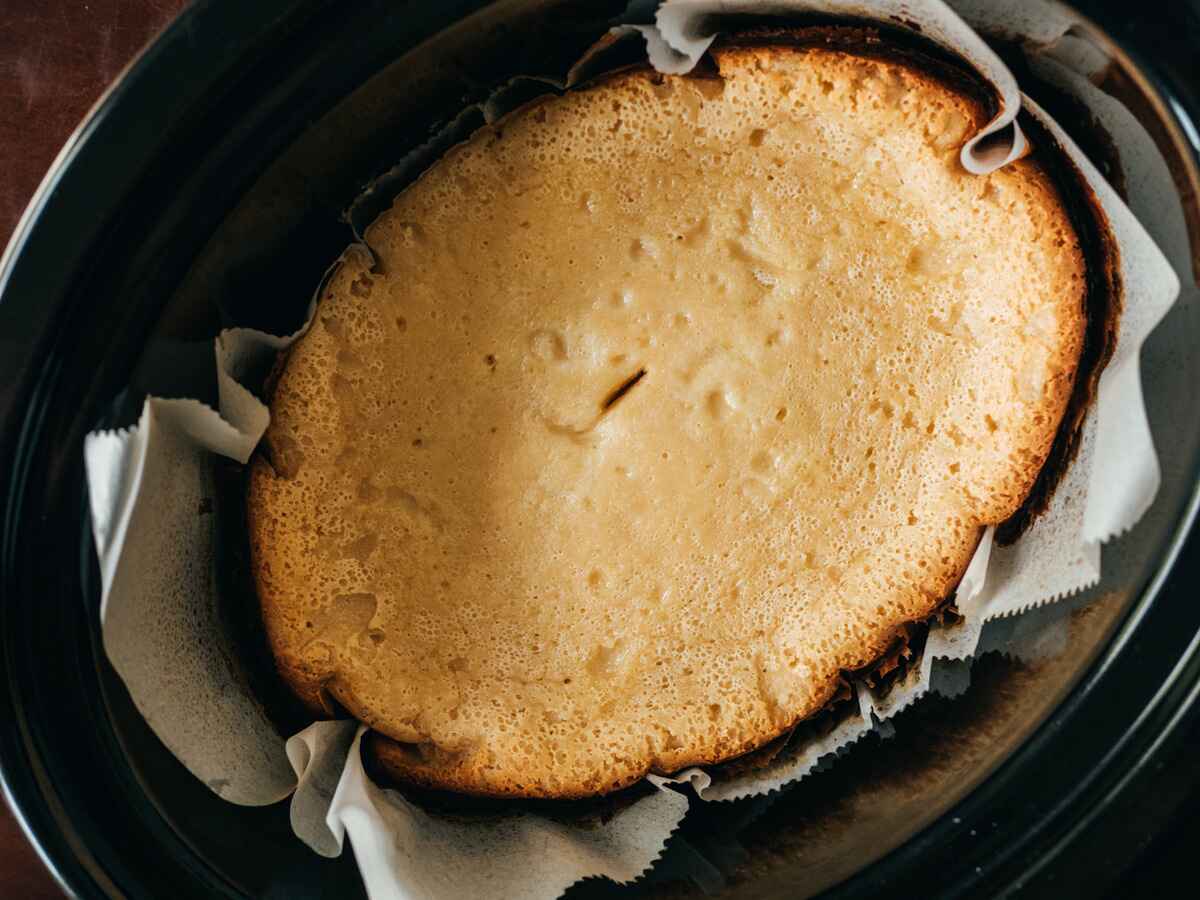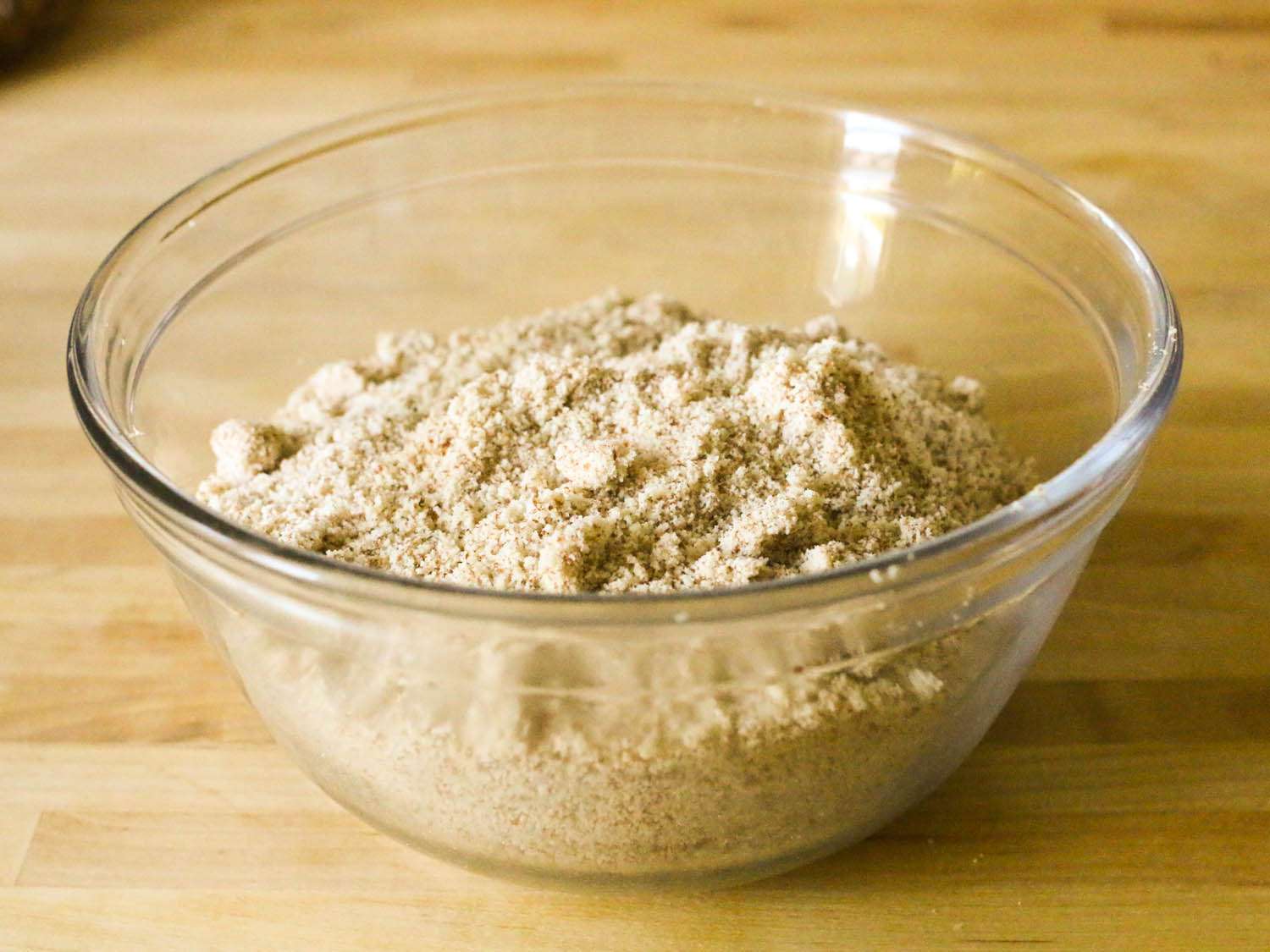When it comes to adding flavor to your dishes, vinegar is a versatile and essential ingredient. Two popular types of vinegar that are often used in cooking are balsamic vinegar and white vinegar. While both are acidic and can enhance the taste of various dishes, they have distinct differences that set them apart. In this article, we'll explore the characteristics of balsamic vinegar and white vinegar to understand their unique qualities.
Balsamic Vinegar
Balsamic vinegar is a dark, syrupy vinegar that originates from Italy. It is known for its rich, complex flavor profile and is often used in salad dressings, marinades, and sauces. Here are some key features of balsamic vinegar:
-
Production Process: Balsamic vinegar is made from freshly crushed grape juice that is simmered to create a concentrate. This concentrate is then aged in wooden barrels, which contributes to its distinct flavor and color. The aging process can range from several years to several decades, resulting in a variety of balsamic vinegar options with different intensities and complexities.
-
Flavor: Balsamic vinegar is prized for its sweet and tangy flavor, with hints of fruitiness and a subtle acidity. The longer the aging process, the more complex and nuanced the flavor becomes, often developing notes of wood, caramel, and even a slight tartness.
-
Uses: Due to its robust flavor, balsamic vinegar is often used as a finishing touch for dishes. It can be drizzled over salads, grilled vegetables, and even desserts to add a burst of flavor and depth.
White Vinegar
White vinegar, also known as distilled vinegar, is a clear, sharp-tasting vinegar that is commonly used for pickling, cleaning, and cooking. Here are some distinguishing characteristics of white vinegar:
-
Production Process: White vinegar is typically made from distilled alcohol, which is then fermented to produce acetic acid. The resulting liquid is then filtered and diluted to achieve the desired acidity level.
-
Flavor: White vinegar has a sharp, acidic taste with little to no sweetness. Its flavor is straightforward and clean, making it a versatile ingredient for various culinary and household uses.
-
Uses: White vinegar is often used in pickling, as the clear color and neutral flavor allow the natural colors and flavors of the fruits and vegetables to shine through. It is also a popular choice for cleaning and disinfecting due to its high acidity.
Key Differences
Now that we've explored the characteristics of balsamic vinegar and white vinegar, let's highlight the key differences between the two:
- Flavor Profile: Balsamic vinegar is known for its sweet, complex flavor, while white vinegar has a sharp, acidic taste with little sweetness.
- Aging Process: Balsamic vinegar undergoes a lengthy aging process in wooden barrels, which contributes to its rich flavor and dark color. White vinegar is typically produced through fermentation and dilution, without an extended aging period.
- Uses: Balsamic vinegar is often used as a finishing touch for dishes, while white vinegar is commonly used for pickling and cleaning purposes.
In conclusion, balsamic vinegar and white vinegar offer distinct flavors and characteristics that make them suitable for different culinary applications. Whether you're looking to add depth to a salad dressing with balsamic vinegar or preserve the crunch of pickled vegetables with white vinegar, understanding the differences between these two vinegars can elevate your cooking and culinary experiences.
Was this page helpful?
Read Next: What Is Chicken Flour?


